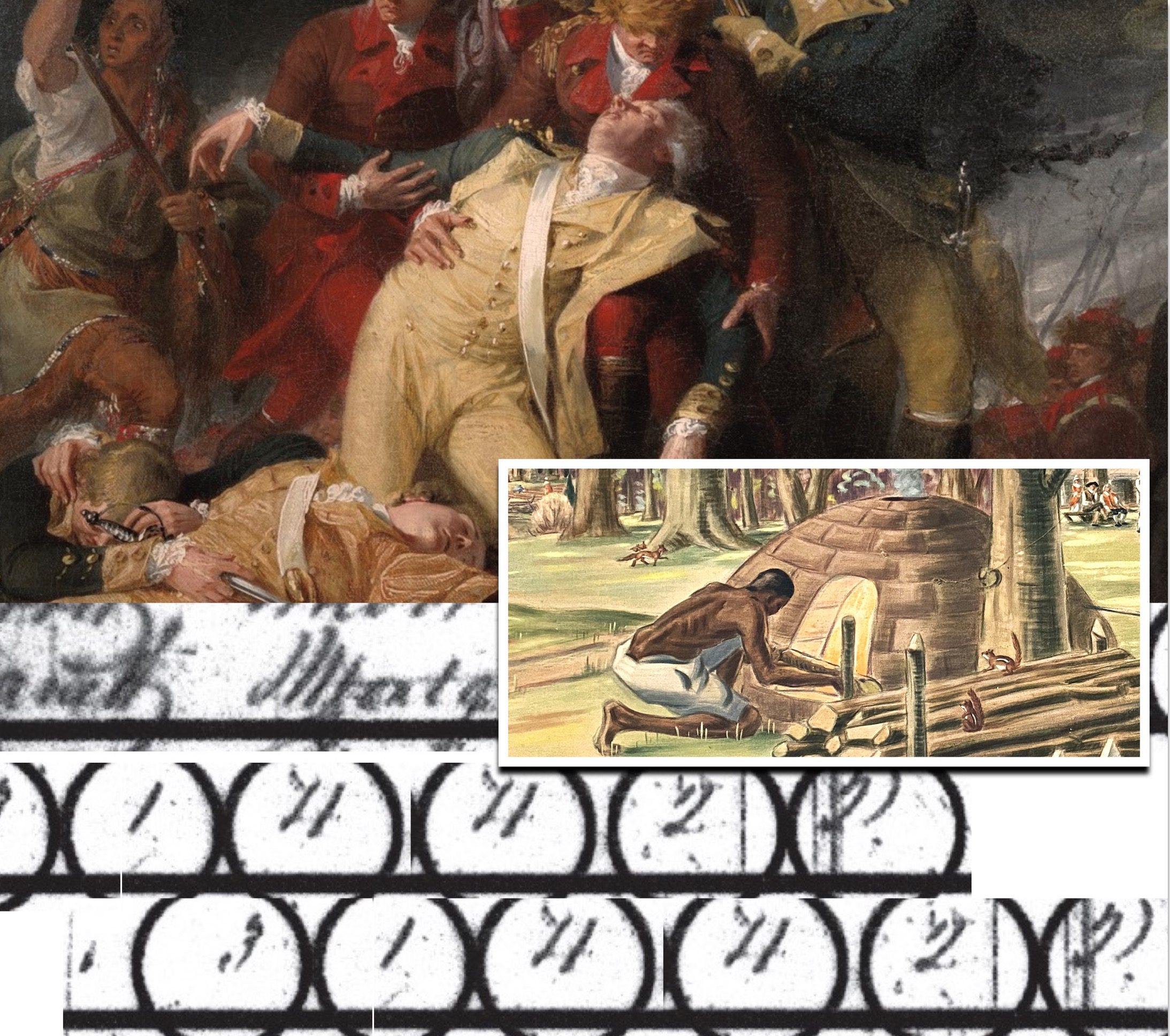Black Voices in Freedom’s Pursuit: America’s Revolutionary War
“What to the slave is the 4th of July?”

1824 Visit of Lafayette: NYS Was a Slave State
As the nation's guest, the American Revolutionary War hero from France, the Marquis de Lafayette, stepped onto the dock at the foot of Main Street, Poughkeepsie in the early morning of September 16, 1824. Newspapers reported it was the largest gathering of men, women, and children -- civilian and military -- in the village's history.
We know that among the cheering public would have been persons of color, many of whom were enslaved as NY State would not abolish slavery until July 4, 1827. Three years earlier, in 1821, New York instituted a property requirement for a man to be eligible to vote that applied only to men of color. They would have been aware of Lafayette's outspoken advocacy of the abolition of slavery, his collaboration with a former enslaved man who became a spy and American war hero, and his specific actions freeing the enslaved.
The emerging program, DCHS Horizons: the Marquis de Lafayette, will culminate in at event on the 200th anniversary at Revel 32, Cannon Street, Poughkeepsie on the morning of Monday, September 16, 2024. More on that in time.

1775 Death of Montgomery: Whose Freedom?
The tragic December 31, 1775 death of Rhinebeck's General Montgomery in the Revolutionary War is captured in this iconic painting by Trumbull. The event came to symbolize the profound personal sacrifices made by all levels of society during the war, on behalf of freedom. But whose freedom was being secured? In the 1940 Rhinebeck Post Office murals painted by local artist Olin Dows, we see a depiction of an enslaved man making bricks for Montgomery's estate, Grasmere, which stands today. Also shown here, the Rhinebeck census for 1820 indicating that the widowed Janet Livingston Montgomery, who never remarried, had 12 enslaved men, women and children at her home in Red Hook, Montgomery Place.

1776 Premise "All Created Equal"
The great abolitionist leader, author, and speaker, the former slave Frederick Douglass, famously penned a critique entitled, "What to the slave is your 4th of July?"
The 1776 premise that "all are created equal" was followed by the adoption of a US Constitution that literally defined inequality, stating that slave states like New York, could have 3/5ths of the Black population counted toward Congressional representation and the Electoral College for electing the US President.
Poughkeepsie, of course, was host to the New York Convention in July of 1788, at the site of the current court house, when New York State, with the smallest margin of any state, agreed to join the United State.

1827 NYS Abolition & the Deadly Period of the Divided House
The relief of the end of slavery in New York State was greatly tempered by the purely racially motivated voting restrictions requiring property ownership, and the fact that the United States was entering a period of decades of what Abraham Lincoln correctly described as a divided house that could not stand.
With a "free north" and a "slave south," Dutchess County became and important route on the Underground Railroad, with an inland route of Quaker homes, and a river-oriented route that relied more on the Black community that worked in the transportation industry as chambermaids at hotels, like the Exchange Hotel, shown here, or men w boatsmen and waiters on steamboats.

